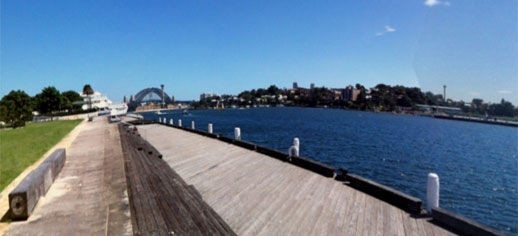Using the Fullscreen and Pointer Lock API’s
This post is a couple of months late due to real life getting in the way, but I finally got around to experimenting with the Fullscreen and Pointer Lock API (formally known as the Mouse Lock API). Both are still in the experimental stage, Pointer Lock especially. To get it to work you will have to be running the latest Canary build of Chrome (currently 19.0.1067.0) and enable it via about:flags. I’ve had no luck getting Pointer Lock working in the latest version of Firefox and Aurora, even though most documentation on the API is written by Mozilla. Maybe there’s a setting I’m missing?
So what exactly do the Fullscreen and Pointer Lock API’s do you may ask. Well Fullscreen is obvious; it allows you to view any web content in fullscreen mode, removing the browser UI for distraction free reading. Pointer Lock gives a developer access to raw mouse movement data, not just the absolute position of the cursor. You are no longer limited to the size of the browser window, so you can scroll continuously in one direction without having to stop. Where both of these API’s come in very handy is the development of HTML5 games. It’s now possible to create a games like Quake 3 directly in the browser with usable controls… impressive!
To have a play with both API’s I put together a little experiment using three.js and a panoramic image.

I started by building on an excellent blog post by Paul Lewis called “Create your own environment maps”. Using Microsoft’s Photosynth App and Blender it’s dead simple to create a panoramic image. After adapting Paul’s code to my needs, I added the Fullscreen and Pointer lock API’s. To enable Fullscreen mode press enter. If you have a compatible browser, the browser UI will disappear and you will enter fullscreen mode. If Pointer Lock is available, a prompt will appear asking for permission to hide your cursor. You will now be able to scroll left and right continuously without having to stop, if Pointer Lock isn’t available the demo will drop back to standard mouse co-ordinates.
A quick tip for working with both of these API’s: use a shim like that made by Brandon Jones, it will save you a lot of cross browser pain! Browser vendors are still changing the way both of these API’s are implemented, so until this stabilises, using a shim is the way to go. Big thank you to Paul and Brandon for their excellent contributions.